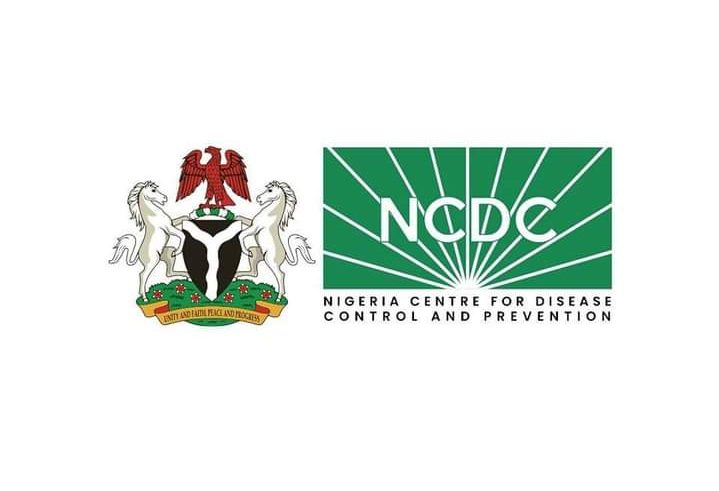
The NCDC DG, Dr Jide Idris, who disclosed this at a press briefing in Abuja stated that the current outbreak has spread to 187 local government areas, with a cumulative case fatality rate of 2.8 per cent since the beginning of the year.
Idris noted that the predominant age affected is five years old, while males account for 52 per cent of cases and females account for the rest.
He, however, said there was a 5.6 per cent decline in the number of cases in this reporting week (8th -14th July) as compared to the preceding week.
“As of July 15, 2024, we have recorded 3,623 suspected cases and, unfortunately, 103 deaths across 34 states plus the Federal Capital Territory and 187 Local Government Areas, with a cumulative case fatality rate of 2.8 per cent since the beginning of the year.
“The predominant age affected is 5 years old while males account for 52 per cent of cases and females account for the rest.
“Furthermore, there was a 5.6 per cent decline in the number of cases in this reporting week (8th -14th July) as compared to the preceding week. We also recorded a drop in the case fatality rate from 2.9 per cent to 2.8 per cent.
“There is a decline in case fatality rate from week 24 when the spike started to the present week.
“Whereas ongoing current efforts at the national and some state levels might have been yielding some results and largely responsible for the decline being reported, however, given the trend from previous years, we know it is not uhuru yet.
“The trend analysis from previous outbreaks shows the peak of the outbreak usually coincides with the peak of the rainy season, which is still some weeks ahead.
“Also, some of the northern traditional hotspot states have been reporting fewer number of cases, which may be connected with the delayed onset of the rainy season in this part of the country,” he said.
He added that although almost all the states in Nigeria have reported cases of cholera, there appears to be an underreporting of the situation as required data from the states are not coming in real-time as expected given the trend in previous years.
“This is largely due to inadequate resources to support surveillance and disease detection activities at the subnational level,” he said.





